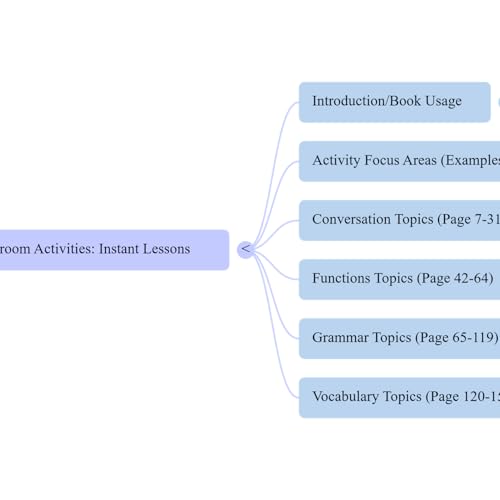The Role of Effective Management Practices and Positive Environments in Student Achievement
Effective classroom management and a positive learning environment are two of the strongest predictors of student success.
1. Management as the Foundation of Learning Student achievement is directly tied to the degree of control established early in the school year. Poor management reduces academic performance, while strong management creates structure, order, and consistency. The central goal of any management plan is to maximize learning time. Clear expectations, routines, and procedures prevent wasted minutes and minimize disruptions, which can otherwise cost the equivalent of several school days each year. Teachers also avoid boredom and misbehavior by planning for early finishers and supporting those who need extra help. Without such systems, instruction becomes inconsistent and ineffective.
2. Maximizing Instructional Time Well-managed classrooms dedicate more minutes to active learning instead of announcements or logistics. Students stay engaged because teachers reduce downtime, anticipate problems, and ensure smooth transitions. Every regained moment strengthens academic outcomes.
3. High Expectations Students rise to the level of their teachers’ expectations. Consistently conveying belief in students’ abilities fosters achievement, even among historically low-performing learners.
4. Positive Relationships and Climate Beyond structure, student-teacher relationships strongly influence motivation and achievement. Learners work harder and behave better for teachers they trust and respect. Research shows strong positive relationships boost engagement, test scores, and appropriate behavior, while reducing stress (Brown 2010; Jensen 2013; Hattie 2012).
5. Fostering Positive Behaviors Teachers shape classroom climate through their language and actions. Positivity, choice, and reflection reduce resistance and promote ownership of learning (Marshall 2007b). Allowing students some control—such as choosing tasks or seating—improves self-regulation and decreases impulsive disruptions. When students are engaged, discipline problems decline naturally.
6. Brain-Friendly Learning Environments A supportive but challenging atmosphere allows the brain to function optimally (Willis 2006; Roth 2012). Fear and stress inhibit retention, while safety and encouragement enhance it.
7. Encouragement and Growth Mindset Treating students with dignity and encouraging effort, rather than just praising outcomes, separates mistakes from self-worth and fosters resilience (Dweck 2006). Encouragement empowers students to take risks, attempt challenging tasks, and engage in their own learning goals.
Conclusion Effective classroom management provides the structure and time necessary for consistent instruction, while a positive environment builds the trust and motivation that drive deeper learning. Together, they create conditions where students feel safe, respected, and challenged—leading to higher achievement and long-term growth.
 18 分
18 分

